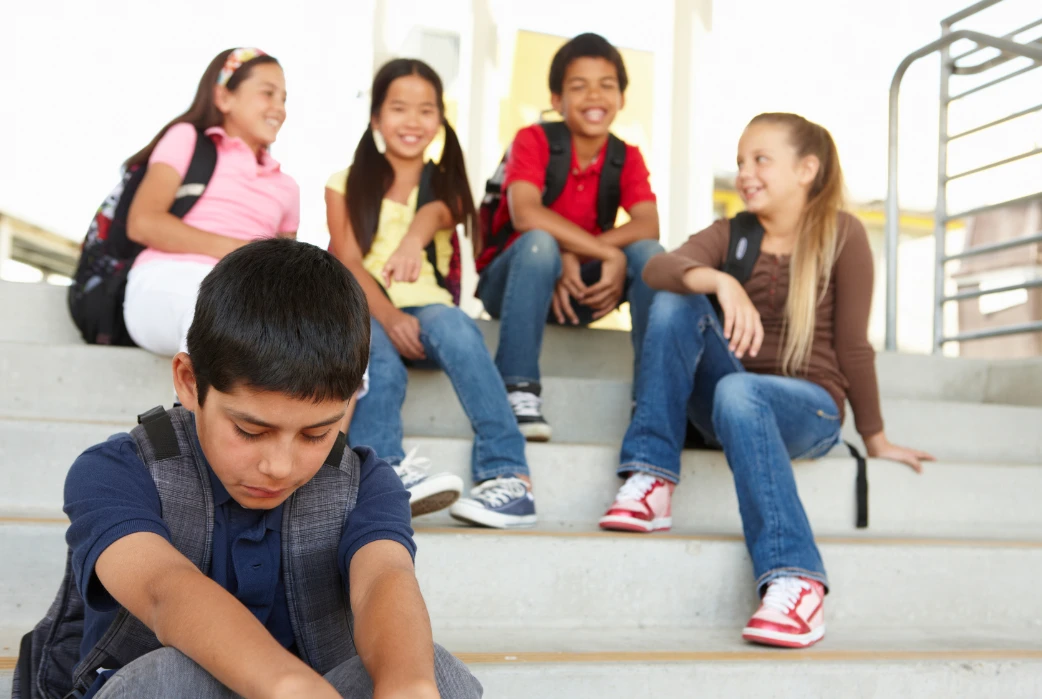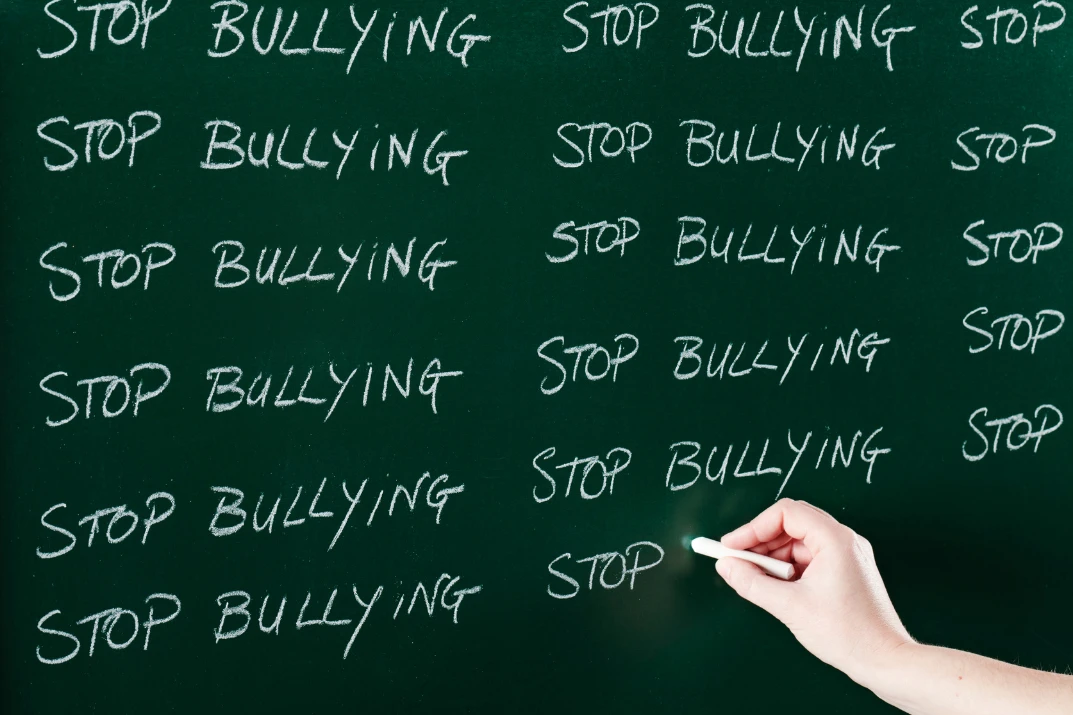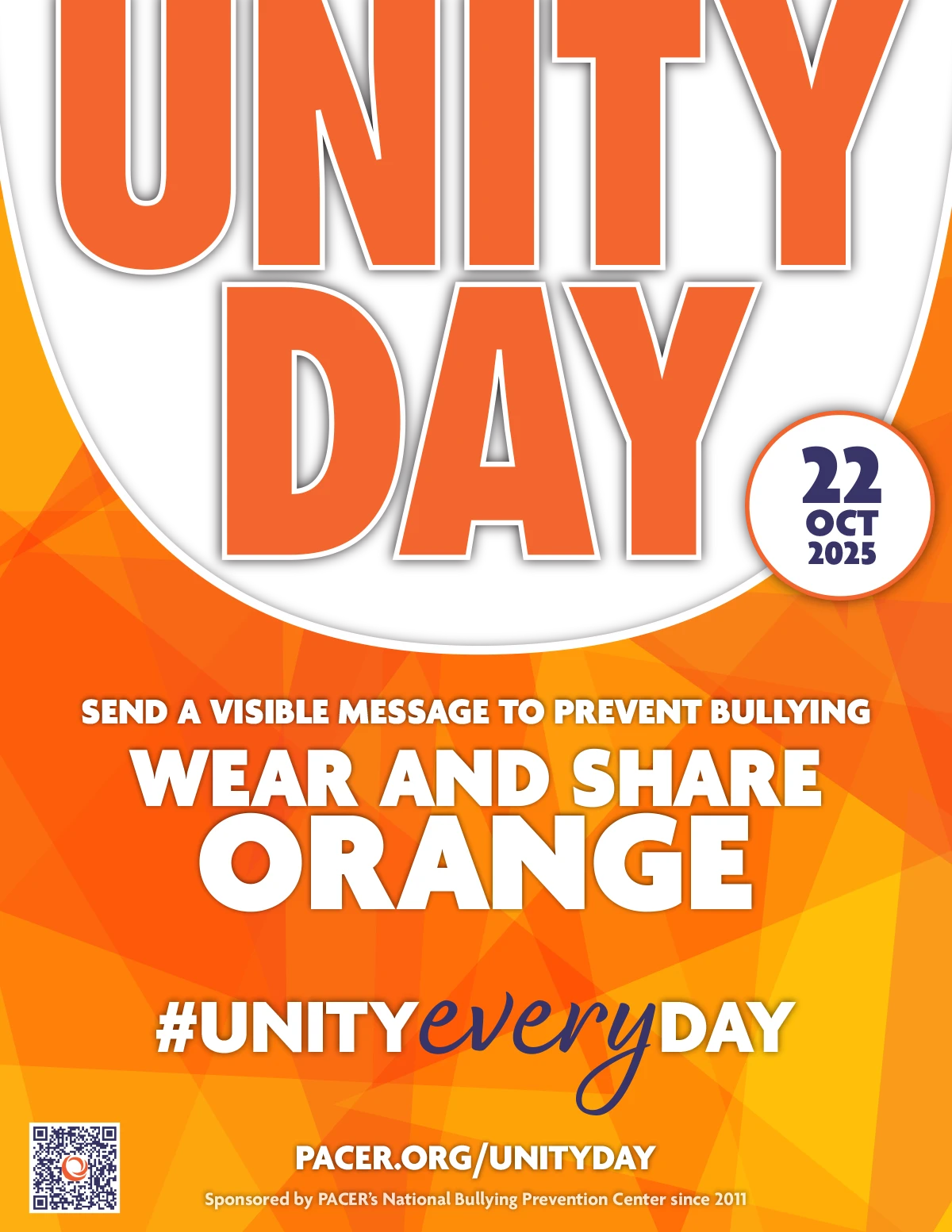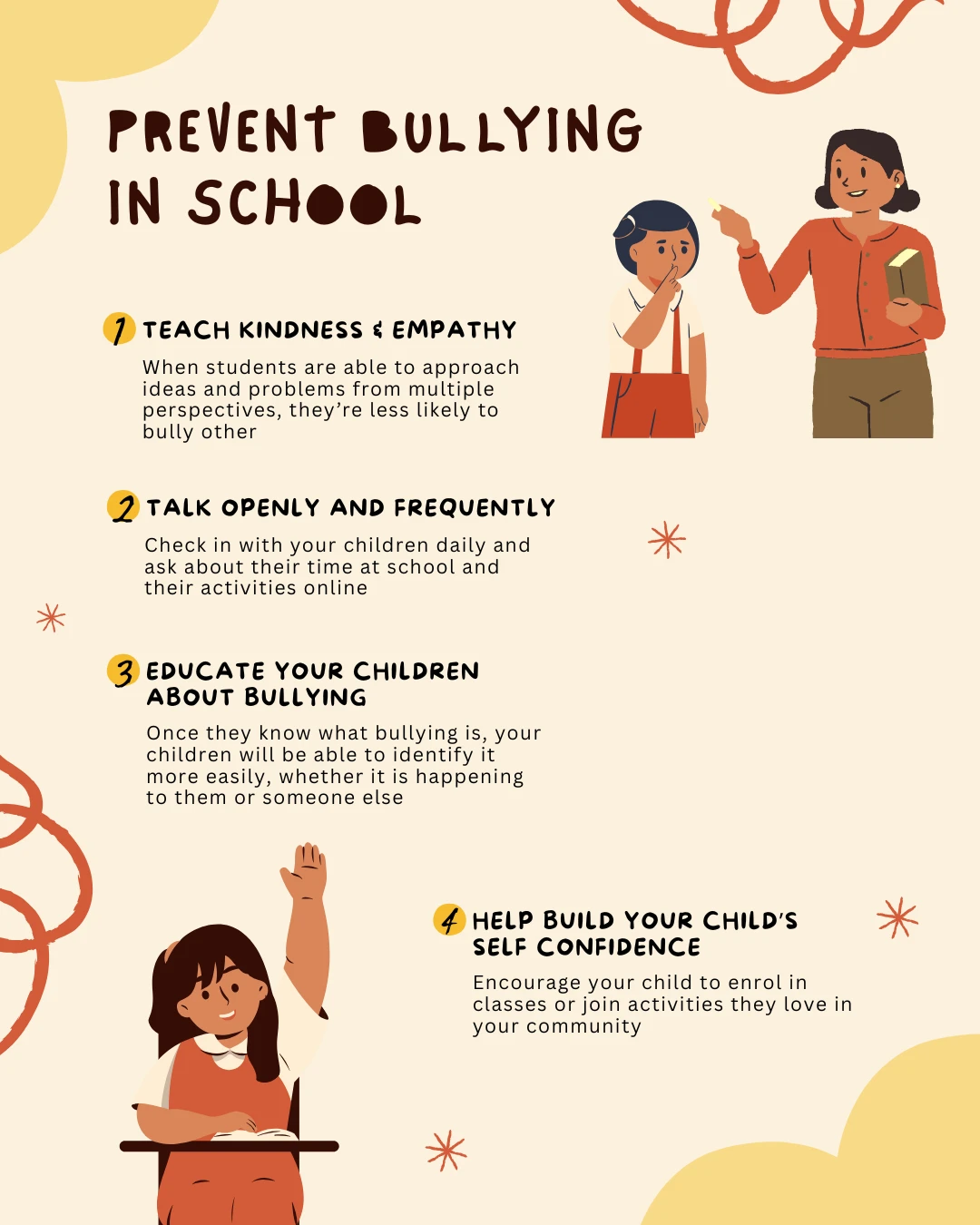
MEMPHIS, TN (MSCS) – Bullying is an epidemic that increasingly affects more children, teenagers, and even adults. It is a social threat that does not discriminate and can lead many people to go through very difficult times while affecting their own health due to anxiety, depression, addictions, and even psychiatric problems.
Bullying is the term used to describe physical, psychological, or verbal abuse between children, lasting an indefinite period of time, both inside and outside of school. The aggressor almost always chooses the most defenseless to become their victims. Worst of all, they often don’t act alone, but also involve their classmates, who follow them out of fear, cowardice, ignorance, or because they are just as malicious.
This problem is exacerbated by the use of texting and social media, as young people use some of these media sources to attack their victims more cruelly, making bullying, or cyberbullying in this case, more difficult to control. Unfortunately, this type of harassment is ongoing and can end in suicide; the only way to end it is by saying “NO MORE” and seeking immediate help from an adult.
Statistically speaking, most cases of bullying are based on a person’s appearance, race, religion, ethnicity, or nationality. According to the most recent studies, bullying rates among Hispanic/Latino students in the U.S. vary by age group, but CDC data (2021-2023) show that 26.7% of Hispanic teenagers (ages 12-17) were bullied during that time period. This rate is lower than that of white teens (39.6%) but higher than that of Asian (16.1%) and African American (23.8%) teens.
According to the Tennessee Department of Education, out of the 12,197 cases of bullying reported in the state during the 2023-2024 school year, 5,439 were confirmed and 824 were related to the child’s race, color, or national origin, representing 6.8% of all confirmed bullying cases statewide. Regarding the trend in racially motivated bullying in Tennessee, the rate increased by more than 2% between the 2022-2023 and 2023-2024 school years.
Warning Signs for Bullying
There are many warning signs that may indicate that someone is affected by bullying – either being bullied or bullying others. Recognizing the warning signs is an important first step in taking action against bullying. In addition to this, not all children who are bullied or are bullying others ask for help, which is why it is so important to talk about the issue when the signs are evident.
Signs a Child Is Being Bullied
Look for changes in the child. However, be aware that not all children who are bullied exhibit warning signs.
Some signs that may point to a bullying problem are:
¤ Unexplainable injuries.
¤ Lost or destroyed clothing, books, electronics, or jewelry.
¤ Frequent headaches or stomach aches, feeling sick or faking illness.
¤ Changes in eating habits, like suddenly skipping meals or binge eating. Kids may come home from school hungry because they did not eat lunch.
¤ Difficulty sleeping or frequent nightmares.
¤ Declining grades, loss of interest in schoolwork, or not wanting to go to school.
¤ Sudden loss of friends or avoidance of social situations.
¤ Feelings of helplessness or decreased self-esteem.
¤ Self-destructive behaviors such as running away from home, harming themselves, or talking about suicide.
If you know someone who is in serious distress or danger, don’t ignore the problem. Get help right away.
Signs a Child is Bullying Others
Kids may be bullying others if they:
¤ Get into physical or verbal fights.
¤ Have friends who bully others.
¤ Are increasingly aggressive.
¤ Get sent to the principal’s office or to detention frequently.
¤ Have unexplained extra money or new belongings.
¤ Blame others for their problems.
¤ Don’t accept responsibility for their actions.
¤ Are competitive and worry about their reputation or popularity.

How to Prevent Bullying
When your child is the victim:
¤ Encourage your child to report any problems.
¤ Keep documentation of instances – this will help you communicate the extent of the problem to school officials, etc.
¤ Talk with the teacher, counselor, or principal about the problem.
¤ Do not try to fix the problem by confronting the bully or the bully’s parents.
¤ Guide your child through the process of addressing the problem, alongside them, empowering them to take appropriate steps to address the issue.
¤ Notify the school administration immediately if your child is physically threatened.
When your child is the bully:
¤ Be a positive role model.
¤ Reinforce positive and kind behavior.
¤ Teach your child how to be respectful and show anger appropriately.
¤ Seek professional assistance, if necessary.
When your child is a bystander:
¤ Encourage your child to report the incident immediately to school officials.
¤ Have your child support the victim by including him or her in social activities.
When cyberbullying is the problem:
¤ Document messages or posts.
¤ Avoid interaction online – block future messages or emails, avoid any problem websites.
¤ Discuss the situation with your child’s school. Problems may extend from school to home, or home to school.

In conclusion, both bullying and cyberbullying destroy both the victims and their loved ones. For more information on how to prevent bullying, visit:
https://www.stopbullying.gov/
https://www.pacer.org/bullying/
https://www.pacer.org/bullying/nbpm/unity-day.asp
You can also watch these videos, which contains a very important message from a group of MSCS students regarding bullying: https://youtu.be/5QOylSUxP5o; https://youtu.be/8FFPir9iLfw
MSCS Joins the Cause! – October is “National Bullying Prevention Month”
This year, “Unity Day” will be celebrated on Wednesday, October 22, in order to raise awareness and take action to put an end to this problem that is like a plague in modern society. We encourage you to wear something orange to support this cause.


Sources: Tennessee Department of Education, Centers for Disease Control and Prevention (CDC), StopBullying.gov, and Pacer.org.